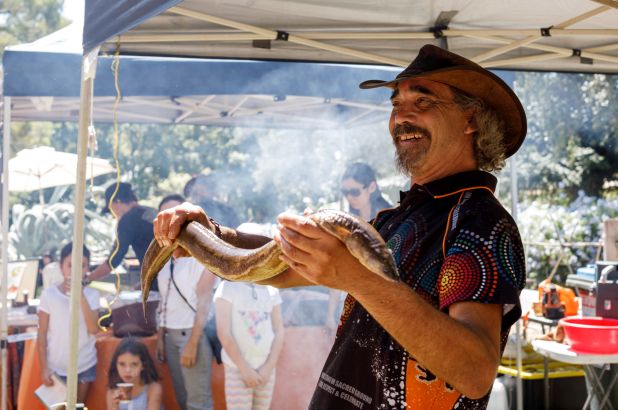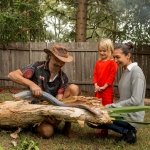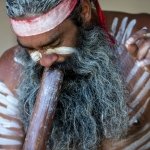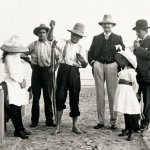Each autumn we celebrate Darug culture at our annual Eel Festival at Elizabeth Farm at Parramatta. This family-friendly event honours Parramatta’s namesake, the eel, and its significance to the local Burramattagal people, who would gather in autumn to trade goods and share stories and food.
Darug people have been harvesting eels from local waterways for millennia. Burramatta, (translated by colonisers in as Parramatta in 1789) means ‘where eels lie down’, the slippery creatures making their way up river each autumn as part of their breeding cycle.
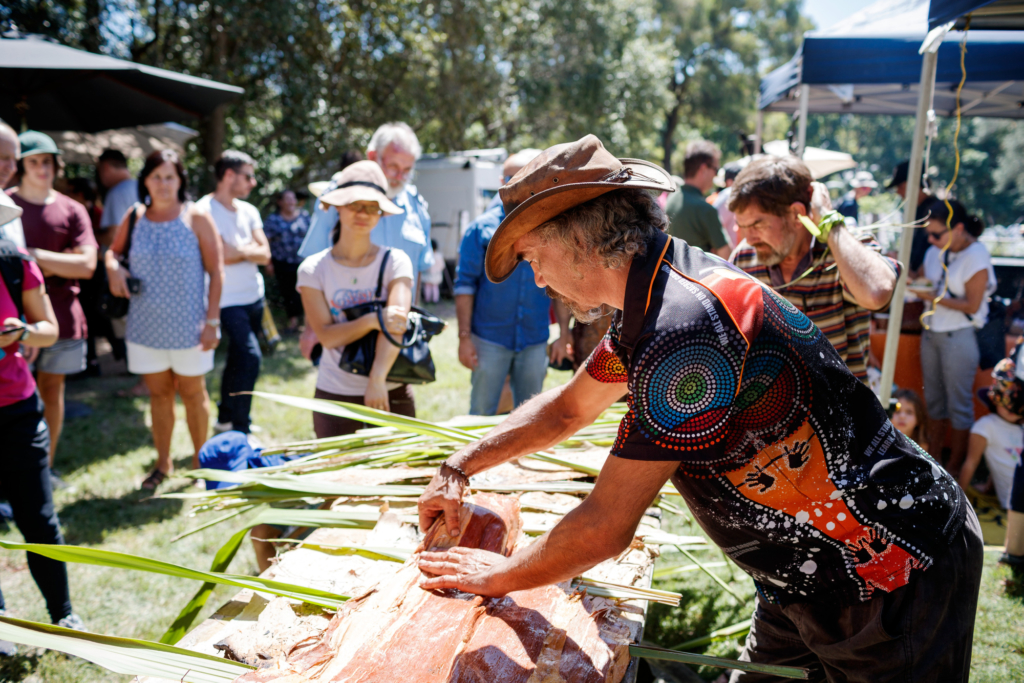
Aboriginal culinary tradition
At the festival you can sample freshly cooked eels prepared by our favourite ‘bush tucker’ man, Fred, who will be demonstrating a traditional Aboriginal cooking technique, wrapping fresh eels in leaves from Gymea lily plants and paperbark from Melaleuca trees, and roasting them over hot coals. It’s a real treat to watch – Fred is great entertainer and the coal-roasted eel served straight from the bone is very delicious.
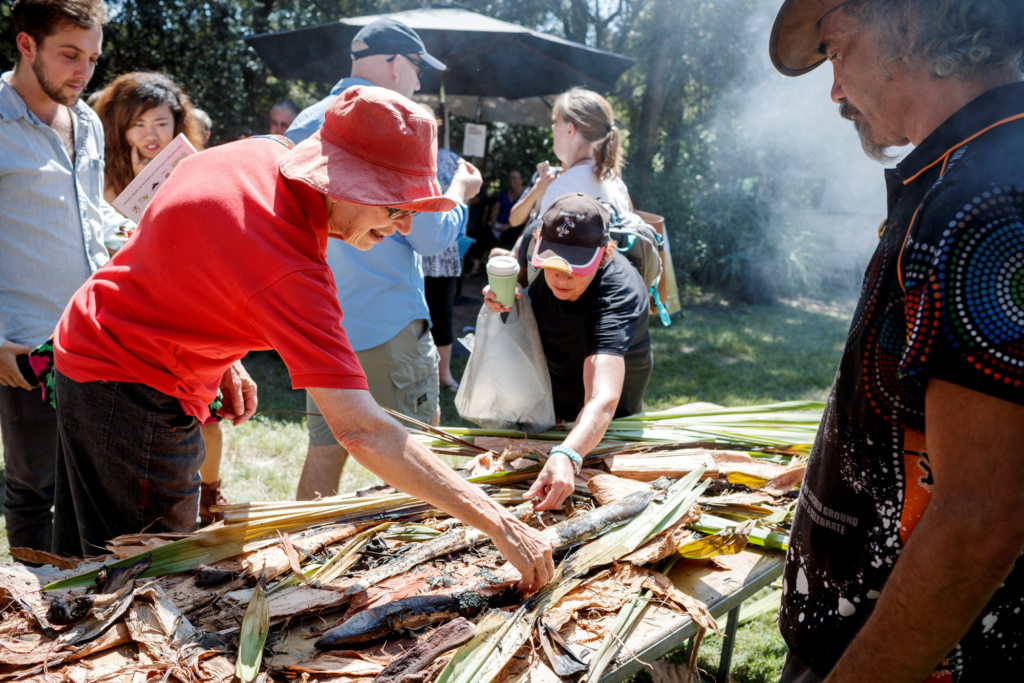
A versatile food
While colonisers were highly adept at ‘campfire’ cookery, families like the Macarthur’s, who built Elizabeth Farm in 1793, brought their English traditions with them to the colony. Eels were a familiar food for Britishers, who would boil, stew, ‘jelly’ and fry them, sometimes crumbed, ‘nugget’ style. A dish called ‘collared eel’ was once popular on high-end tables in colonial times and appears in a menu in the Macarthur family archives. Yours truly will be demonstrating how collared eel is prepared at the Eel Festival.
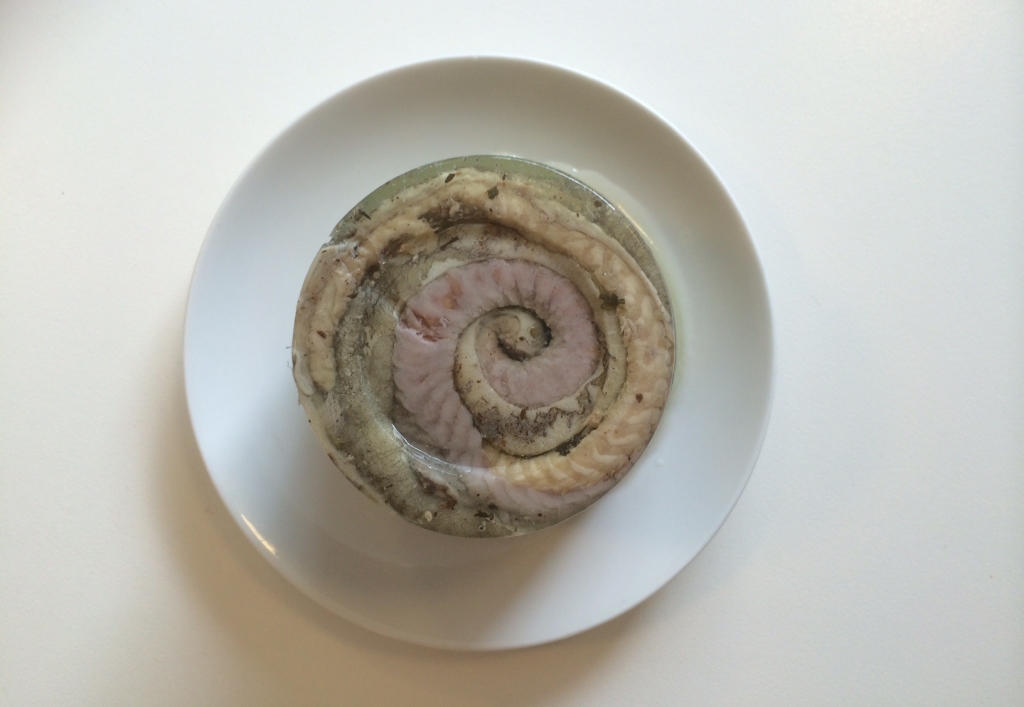
Hidden in plain view
A highly ‘tricked up’ dish, collared eel is a strong reminder of the differences between the ‘upper crust’ English and Aboriginal people in the way they approached this wild food resource. To collar an eel, the fish is altered and manipulated so that it bears little resemblance to the original, living animal; it is deboned or filleted, seasoned to add complexity to (or perhaps mask) its natural taste, and rolled into a coil before baking or boiling. Some might call this ‘culinary art’ befitting a ‘cuisine’ that elevates diners above the basic cooking techniques and symbolises refined tastes, but it also demonstrates an active distancing between the consumer and the natural origins of the food itself.
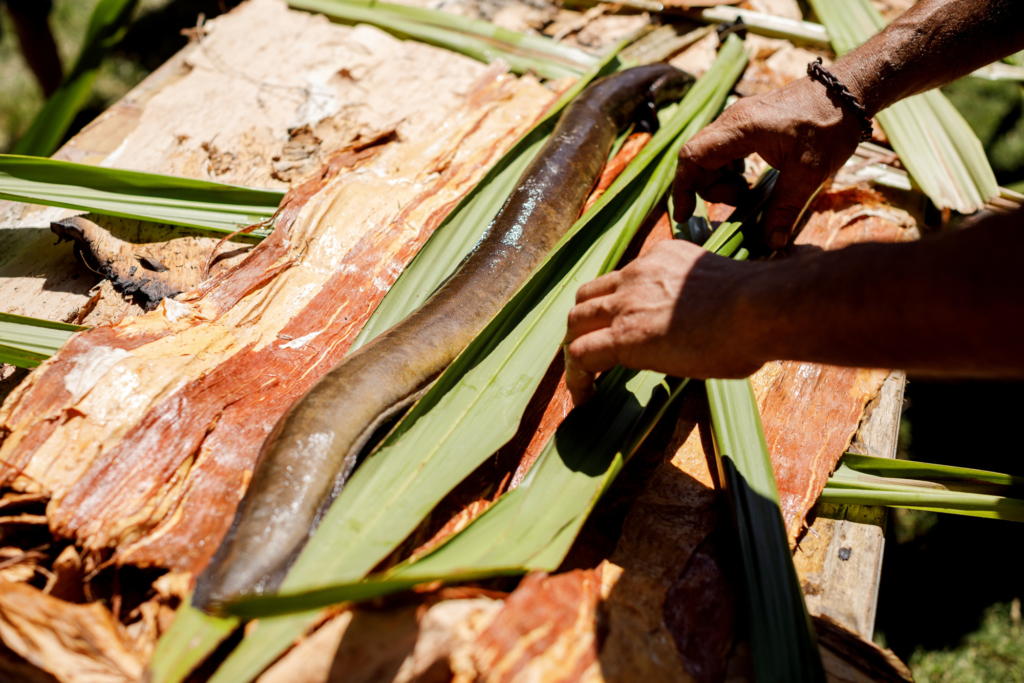
Historical messaging
As a means of historical interpretation, I see the collared eel as a metaphor for the British colonisation of Aboriginal people’s Country – European settlers have manipulated the land, clearing trees, cutting away rock and digging up earth to build houses, farms and roads, altering the landscape to ‘tame’ and control something they perceived as ‘wild’. The presence of the traditional landowners and their culture was all-but obscured in the process.

Two perspectives
Just as those who collared their eels may have felt they were making a more pleasing meal by masking the eels’ ‘natural’ state, the colonisers believed their manipulation of the land was evidence of their cultural superiority. Compared with the collared eel, Fred’s style of preparing the Darug eels, using native plants rather than pots and pans to cook them, shows much closer connection with, and greater respect for, the land and its natural resources.
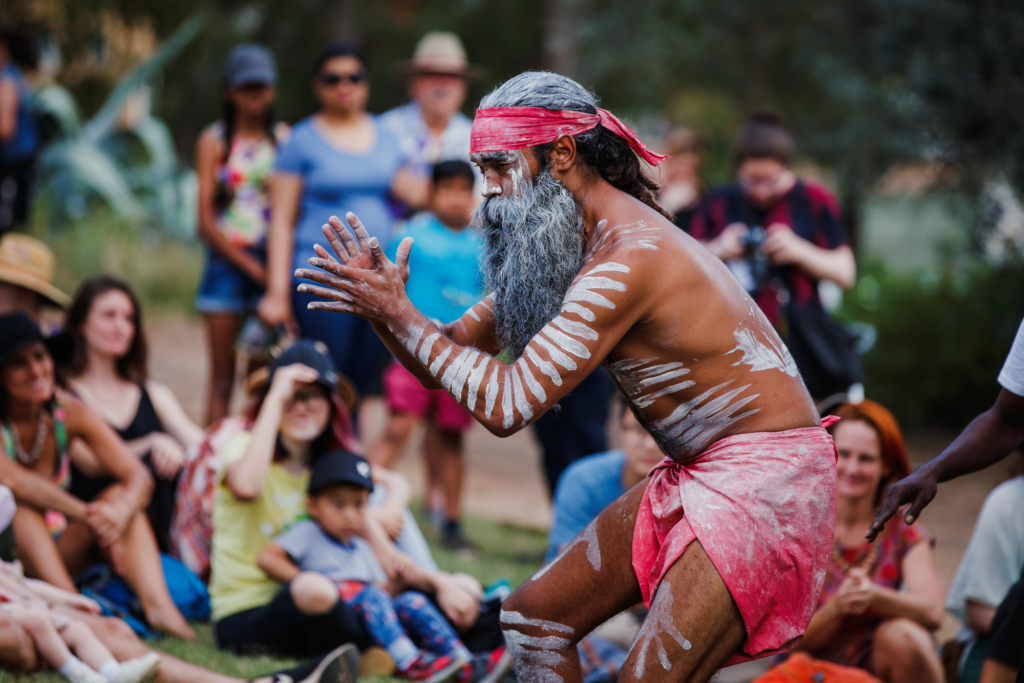
Shared heritage
As we grapple with the impact of European style agriculture and industry on the local environment we are now recognising the merits of Aboriginal people’s knowledge and intimate connection with the land [1]. The annual Eel Festival at Elizabeth Farm celebrates Aboriginal Australians’ rich culture and the shared history and connections we have on Darug Country.
Sources and further reading
[1] Bill Gammage. The biggest estate on earth. Allen & Unwin, 2011
